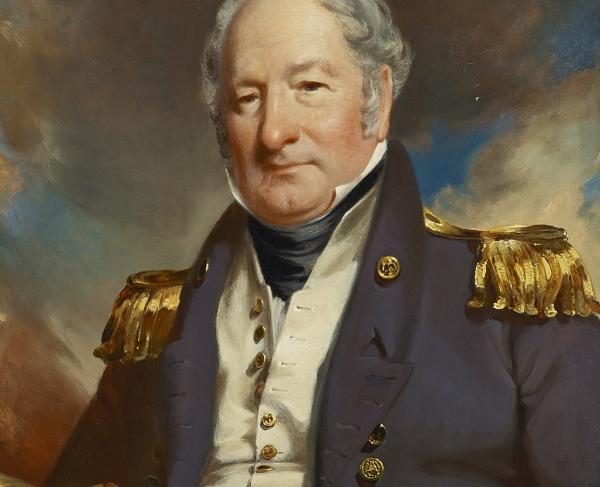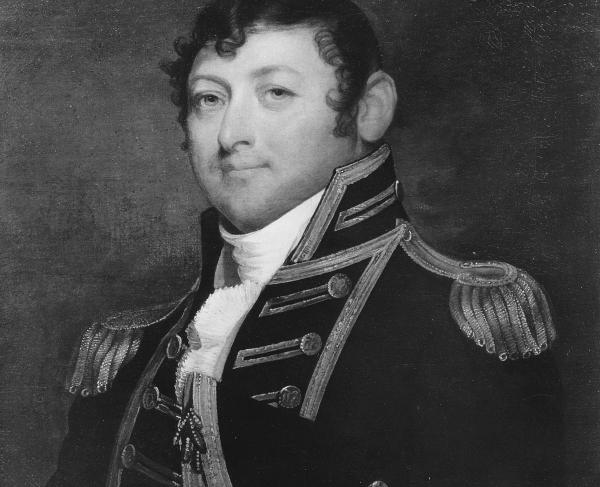Horace Lawson Hunley
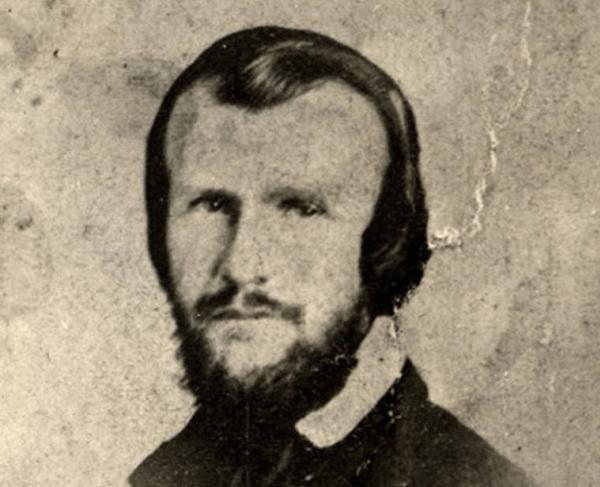
Horace Lawson Hunley was an American inventor and Marine Engineer. He is most famous for designing and constructing submarines for the Confederates during the Civil War.
Born on December 29th, 1823, in Sumner County, Tennessee, Hunley and his family moved to New Orleans during his childhood, where Horace primarily grew up. After studying law at the University of Louisiana he was admitted to the bar in 1849 and shortly thereafter was elected to the Louisiana State Legislature. Throughout his tenure in the legislature, he also practiced law from his home in New Orleans.
When Louisiana seceded from the United States and joined the Confederacy in 1861 it quickly became apparent to all of the coastal states the need to prevent a Union blockade. Louisiana, and New Orleans in particular, were vulnerable to attack by sea, and reliant upon oceangoing trade for its economy. This fear quickly became reality, when Union warships appeared off the coast and President Lincoln declared a blockade of the South. This had an immediate effect on the Confederate economy, and the Confederate government reacted by promising a $50,000 bounty to anyone who could sink a Union ship.
In an effort to secure a bounty, Hunley joined engineers James R. McClintock and Baxter Watson to build an experimental submarine. The Pioneer, as they called it, did not last long, as the men were forced to scuttle it when Union troops captured New Orleans mere months later. The triumvirate relocated to Mobile, Alabama, where they began work on a new submarine, American Diver. After months of work trying to install first a steam, then electric propulsion system for the submarine, the men finally resorted to a hand-crank.
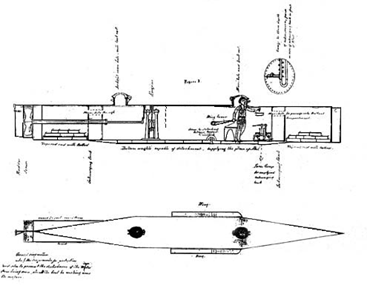
After completion, Diver was towed to Fort Morgan, at the entrance to Mobile Bay, where after sea trials, it launched an attack against the Union blockade. Before it could reach the Union ships, however, it foundered in the rough waves caused by high winds and sank. The crew escaped successfully but the boat was too deep and too exposed to be recovered.
Hunley, without the help of his previous partners, began work on a third submarine. This submarine, largely a copy of Diver, though much larger (having a nine-man crew rather than four), did not yet have a name when it made a successful demonstration for General P. G. T. Beauregard by sinking a barge in Mobile Harbor. The testing did not go without incident, however, as the sub sank multiple times in shallow water, killing five crewmen. After the demonstration Beauregard ordered the submarine transported to Charleston, South Carolina, for use against the Union blockade ships there.
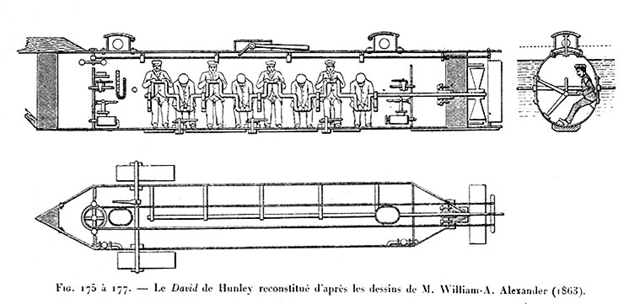
Upon arrival in Charleston, Hunley continued running routine exercises to train the vessel’s crew. Hunley personally took command of the new crew. On October 15th, 1863, Hunley was piloting the boat and its crew on an exercise when the vessel flooded with water and sank again. This time none of the crew, including Hunley himself, were able to escape. The vessel was raised from the shallow water and Hunley’s remains, along with those of his crew, were recovered. Hunley and his crew were buried with full military honors at nearby Magnolia Cemetery. The resurrected vessel sailed one last time, with a new crew, now named for its creator. On February 17th, 1864, it successfully sank the USS Housatonic outside Charleston Harbor but never returned to port. The vessel and its crew were lost a third time. The CSS H. L. Hunley was located in 1995 and recovered in 2000. The vessel and artifacts from its crew are now on display at the Friends of the Hunley Museum in Charleston, South Carolina.

